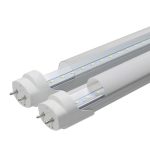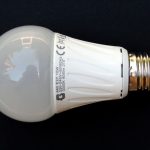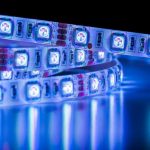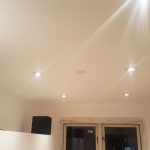Upgrade Your Lighting: How to Easily Convert High Pressure Sodium Lights to LED
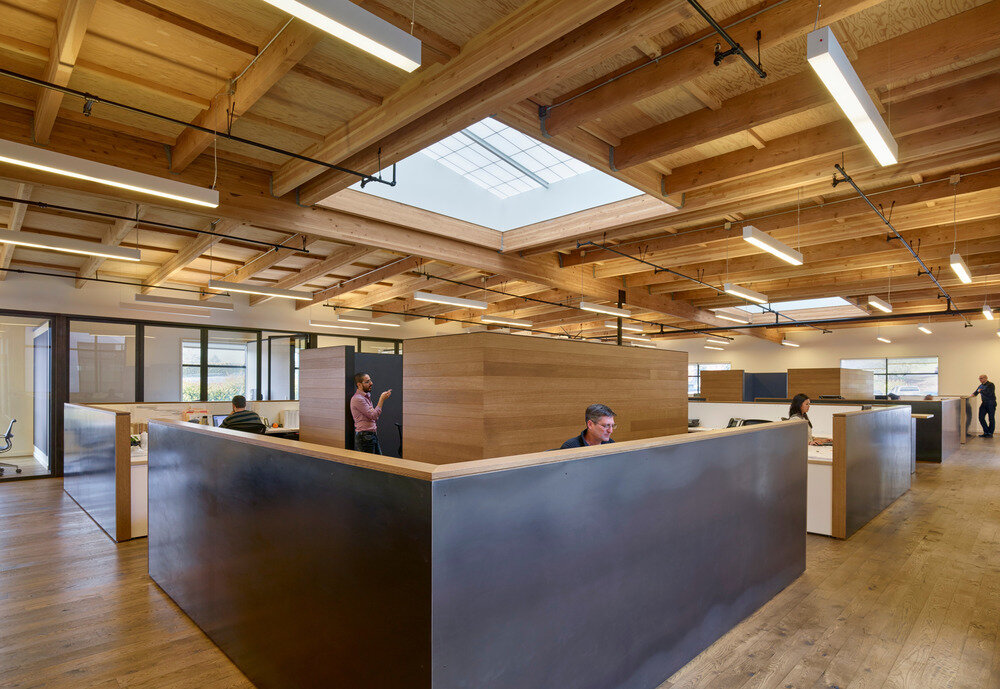
When it comes to lighting systems, it’s no secret that LED lights are the way of the future. Not only do they offer significant energy savings, but they also provide improved light quality, a longer lifespan, and reduced maintenance costs. However, many businesses and municipalities still rely on outdated high-pressure sodium (HPS) lighting systems, which are inefficient and costly to maintain. Fortunately, converting these systems to LED is a simple and cost-effective solution that can provide numerous benefits. In this article, we will walk you through the process of converting your high-pressure sodium lights to LED. We will cover the benefits of LED lighting and why it’s a wise investment for any business or municipality. We will also provide step-by-step instructions for the conversion process, including the tools and materials you’ll need, and tips for ensuring a successful installation. Whether you’re looking to save money on your energy bills, improve visibility and safety, or simply upgrade your lighting system, this guide will provide you with all the information you need to make the switch to LED lighting.
Upgrading from High Pressure Sodium (HPS) lights to Light Emitting Diode (LED) lights can reap many benefits for both homeowners and business owners. LED lights are more energy-efficient, which translates to cost savings on electricity bills. They also have a longer lifespan, meaning they won’t need to be replaced as frequently as HPS lights. LED lights emit a brighter and more natural light, which can improve visibility and overall safety. Additionally, they do not contain harmful chemicals like mercury, which is commonly found in HPS lights. Overall, upgrading to LED lights is a smart investment that can improve energy efficiency, reduce maintenance costs and improve the overall quality of lighting in any space.
The conversion process from high-pressure sodium lights to LED lights is a simple and cost-effective way to upgrade your lighting system. First, you need to remove the existing high-pressure sodium bulb and ballast from the fixture. Next, you will install an LED driver and LED bulb into the fixture. The LED driver will regulate the power supply to the LED bulb and ensure that it operates at the correct voltage and current. The LED bulb is energy-efficient and has a longer lifespan than high-pressure sodium bulbs. It also emits brighter and more natural-looking light, making it an ideal choice for outdoor lighting. By converting to LED lights, you can save on energy costs and maintenance expenses while enjoying better lighting performance.
Understanding High Pressure Sodium Lights
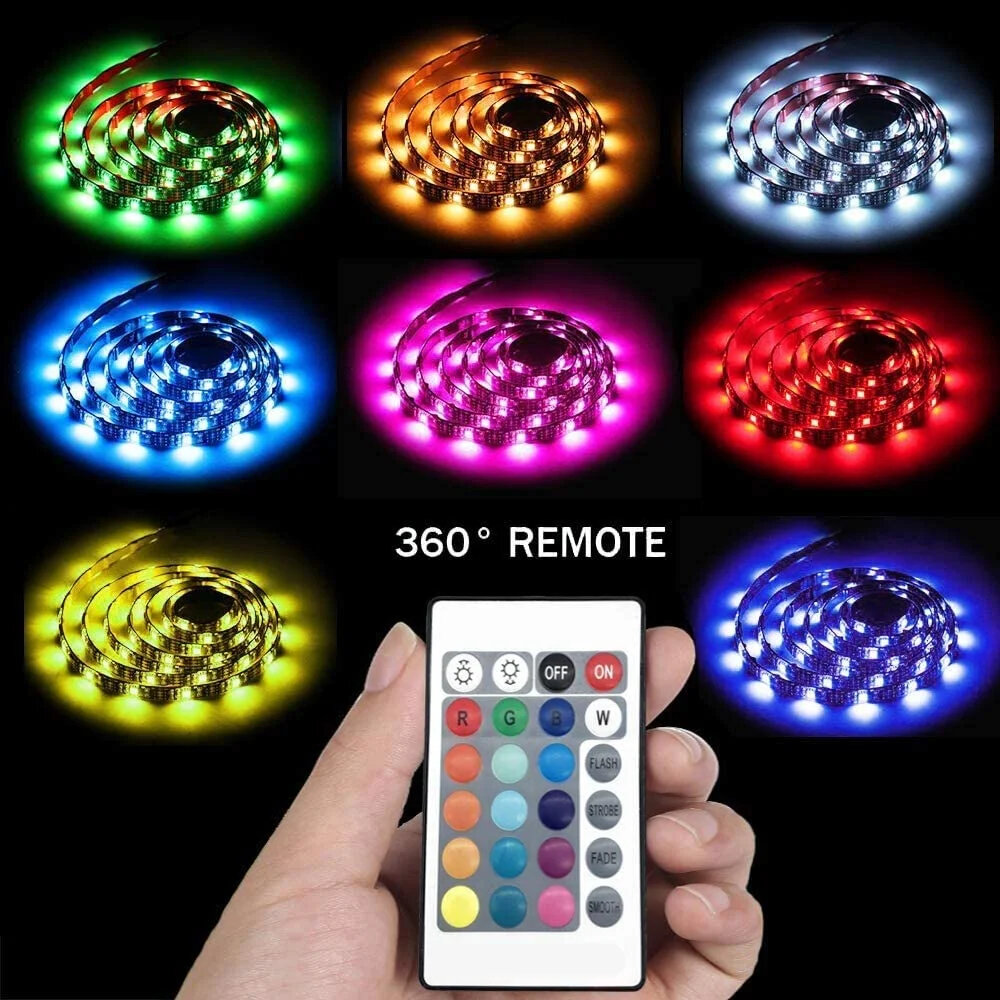
High pressure sodium lights are commonly used in outdoor lighting applications, such as streetlights and parking lot lighting. These lights are known for their yellow-orange glow and high energy efficiency. They work by passing an electric current through a mixture of sodium and mercury vapor, which creates a bright, high-intensity light. While high pressure sodium lights are efficient, they have several drawbacks. For one, they take a long time to warm up and reach full brightness. They also have a relatively short lifespan and require frequent replacement. Additionally, the yellow-orange light they emit can distort colors and make it difficult to see details. As a result, many people are looking to upgrade their high pressure sodium lights to LED lights, which offer brighter, more natural-looking light, longer lifespans, and better energy efficiency.
High Pressure Sodium (HPS) lights are a type of gas-discharge light commonly used in outdoor lighting applications such as streetlights, parking lot lights, and security lighting. These lights produce a bright yellow-orange light that is highly efficient, making them a popular choice for outdoor lighting. HPS lights work by passing an electric current through a mixture of gas and metal salts, causing them to heat up and produce light. While HPS lights are energy-efficient and have a long lifespan, they have a number of drawbacks, including a slow warm-up time, poor color rendering, and a tendency to flicker or fail in cold temperatures. As a result, many people are now choosing to upgrade to LED lighting, which offers superior performance and energy savings.
High Pressure Sodium (HPS) lights are commonly used in street lighting, parking lots, and other outdoor areas. One of the biggest advantages of HPS lights is their high efficiency and long lifespan, making them a cost-effective option. They also provide a warm, yellow-orange light that can enhance visibility and create a cozy atmosphere. However, HPS lights have some disadvantages as well. They take a long time to warm up, and they produce a lot of heat, which can damage nearby plants and buildings. Additionally, their color rendering is poor, making it difficult to see colors accurately. Overall, while HPS lights have their benefits, upgrading to LED lights can provide even greater energy efficiency, longer lifespan, and better light quality.
High Pressure Sodium (HPS) lights are commonly used in various applications, including street lighting, parking lots, and industrial areas. Their warm yellowish glow provides good visibility and enhances color recognition, making them ideal for outdoor lighting. HPS lights have high energy efficiency, long lifespan, and require minimal maintenance, making them a cost-effective lighting solution. However, their yellowish hue can distort colors and make it difficult to distinguish between different shades. As LED technology has advanced, people have been converting their HPS lights to LED for better color rendering, energy efficiency, and improved visibility.
The Advantages of LED Lights

LED lights have taken the world by storm due to their numerous advantages over other lighting options. One of the major benefits of LED lights is their energy efficiency. LED lights consume significantly less power compared to traditional lighting options, such as high-pressure sodium lights. This means that you can save a lot on your energy bills while also reducing your carbon footprint. LED lights are also long-lasting, which means that you won’t have to replace them frequently, unlike other lighting options. Another advantage of LED lights is their durability. LED lights are made of sturdy materials that can withstand harsh weather conditions and vibrations. This makes them ideal for outdoor lighting, such as streetlights and parking lot lights. LED lights are also known for their brightness and color options. They emit brighter and more natural light, which makes them perfect for indoor lighting, such as in offices and homes. Additionally, LED lights come in different colors, which means that they can be used for decorative lighting purposes. Overall, LED lights are a cost-effective, energy-efficient and durable lighting option, making them the perfect choice for anyone looking to upgrade their lighting.
LED lights, or Light Emitting Diodes, are a type of energy-efficient lighting technology that has become increasingly popular in recent years. Unlike traditional incandescent bulbs, which use a filament to produce light, LEDs use a semiconductor material that emits light when an electric current is applied. This allows them to produce bright, high-quality light while using significantly less electricity than other types of bulbs. LED lights also have a longer lifespan than other bulbs, making them a cost-effective and environmentally friendly choice for home and business lighting needs. With their versatility and energy efficiency, LED lights have revolutionized the lighting industry and are rapidly replacing traditional bulbs in homes and businesses around the world.
LED lights have become increasingly popular in recent years due to their energy efficiency and long lifespan. One of the main advantages of using LED lights is that they consume less energy than traditional lighting options, which translates into lower electricity bills for consumers. Additionally, LED lights have a longer lifespan than traditional bulbs, reducing the need for frequent replacements. However, there are also some disadvantages to using LED lights, such as their relatively high upfront cost compared to traditional lighting options. Furthermore, some people may not like the color of LED lights or find them too bright, which can be a drawback for those looking for a more subdued lighting option. Overall, LED lights offer many benefits, but it’s important to consider both the pros and cons before making the switch.
LED lights have become increasingly popular due to their energy efficiency and long lifespan. There are several common applications for LED lights, including outdoor lighting for streets, parking lots, and sports fields. LED lights are also commonly used for indoor lighting in commercial buildings, homes, and office spaces. Additionally, LED lights are used in automotive lighting, such as headlights and taillights, and in electronic devices such as televisions and computer monitors. LED lights are also used in decorative lighting applications, such as holiday lights and accent lighting. Overall, LED lights offer a versatile and energy-efficient lighting solution for a variety of settings and applications.
The Conversion Process
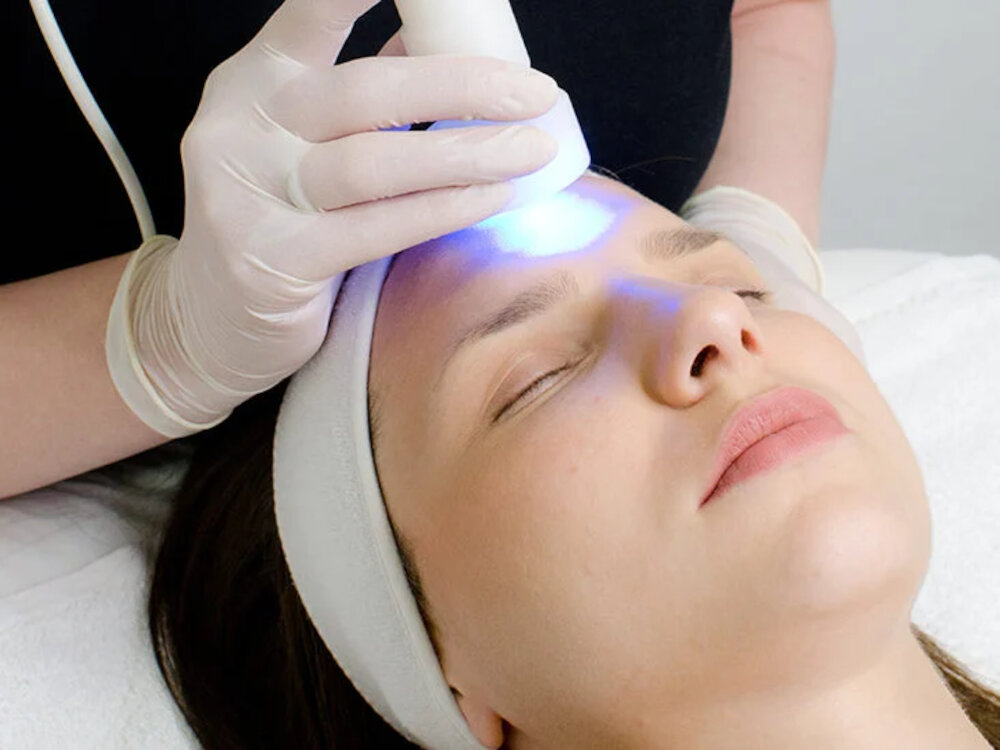
The conversion process from high-pressure sodium lights to LED is a relatively simple task that can dramatically improve the lighting quality and energy efficiency of any property. The first step in this process is to remove the old high-pressure sodium bulb from the fixture and dispose of it properly. Next, the LED bulb and driver must be installed into the fixture, which can usually be done without any major modifications to the existing wiring. It is important to make sure that the LED bulb is compatible with the fixture and that the driver is the correct size and voltage for the LED bulb. Once the LED bulb and driver are installed, it is important to test the new lighting system to ensure that it is functioning properly. This can be done by turning on the power to the fixture and checking that the LED bulb is producing the desired amount and quality of light. It is also important to make sure that the new LED bulb is not causing any flickering or other issues that could be harmful to the eyes or cause other safety concerns. Overall, the conversion process from high-pressure sodium lights to LED is a relatively simple and straightforward task that can provide significant benefits in terms of energy efficiency, cost savings, and improved lighting quality.
Converting High Pressure Sodium (HPS) lights to LED is a straightforward process that requires a few key steps. The first step is to determine the wattage and voltage of the existing HPS fixture, which will help you select the appropriate LED bulb. Next, you will need to remove the HPS bulb and any ballast or transformer that it may be connected to. Once the HPS components have been removed, you can install the LED bulb, making sure to follow the manufacturer’s instructions carefully. Lastly, you may need to adjust the angle and direction of the LED bulb to achieve the desired lighting effect. By following these steps, you can easily upgrade your lighting to LED, which can offer significant energy savings, longer lifespan, and improved lighting quality.
Upgrading your high pressure sodium lights to LED requires specific tools and materials to ensure a smooth conversion. Firstly, you will need a ladder or platform to safely access the light fixtures. Secondly, you will need a screwdriver, wire cutters, wire strippers, and pliers to disconnect the existing wiring and connect the new LED drivers. Additionally, you will need LED retrofit kits, which include LED bulbs, drivers, and mounting hardware. It is important to ensure that the retrofit kit matches the wattage and voltage of your existing fixtures. Lastly, safety gear such as gloves and safety glasses are recommended to protect yourself during the conversion process. With these tools and materials, you can easily convert your high pressure sodium lights to energy-efficient LED lighting.
A successful conversion process from high-pressure sodium lights to LED requires careful planning and execution. First, assess the existing lighting system, including the number of fixtures, wattage, and placement. Next, choose LED fixtures that match the existing ones in terms of brightness and color temperature. Ensure that the new fixtures are compatible with the existing wiring and ballasts, or plan for rewiring if necessary. It’s also essential to ensure that the new fixtures are weather-resistant and durable for outdoor use. Finally, enlist the help of a qualified electrician to install the new fixtures safely and efficiently, and test the system thoroughly before use. By following these tips, you can upgrade your lighting to LED and enjoy the benefits of energy efficiency, cost savings, and improved lighting quality.
Cost Considerations
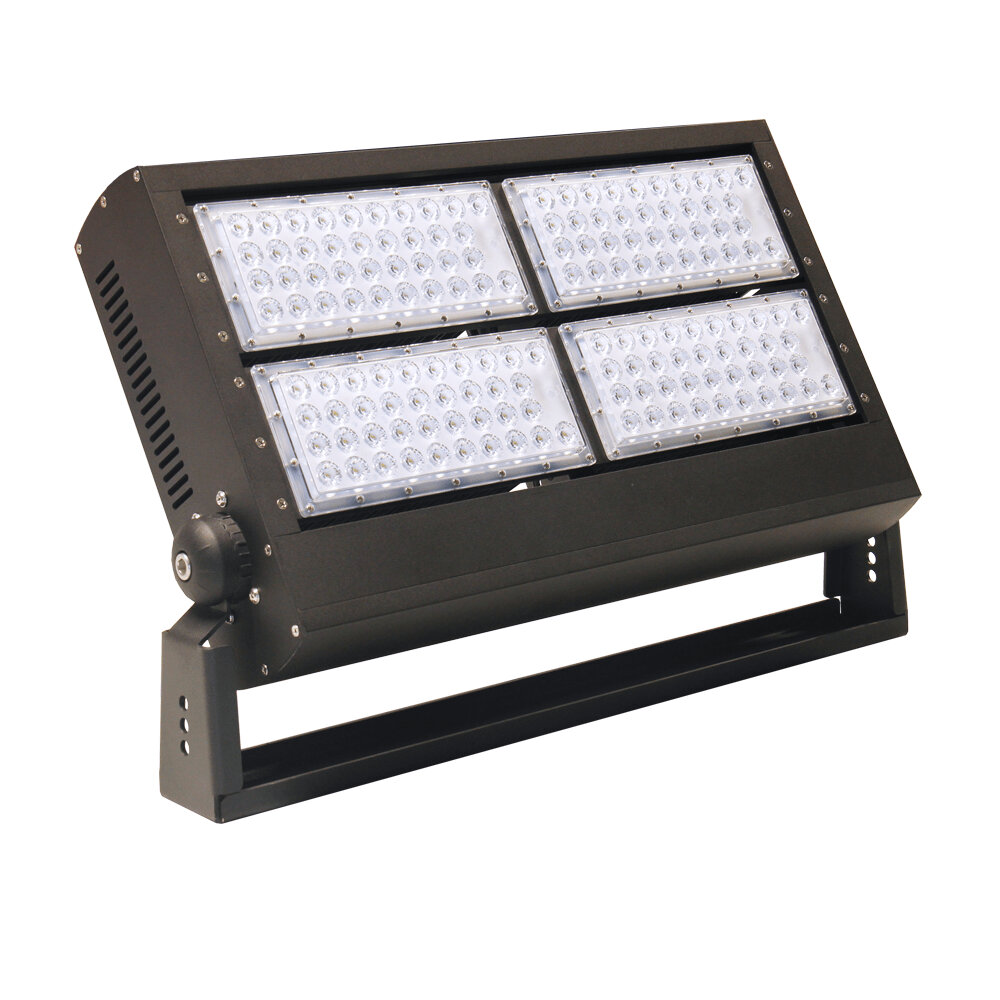
When it comes to upgrading your lighting system, cost considerations are an important factor to keep in mind. While LED lights are generally more energy-efficient and longer-lasting than high-pressure sodium (HPS) lights, they can also be more expensive upfront. However, it’s important to consider the long-term savings that come with LED lights, such as lower energy bills, reduced maintenance costs, and longer lifespan. In fact, studies have shown that switching to LED lights can result in energy savings of up to 75%, making it a wise investment in the long run. Another cost consideration to keep in mind is the potential for rebates and incentives for upgrading to LED lights. Many utility companies and government programs offer incentives to encourage businesses and individuals to switch to more energy-efficient lighting systems. These incentives can help offset the initial cost of upgrading to LED lights, making it a more affordable option for those on a budget. Additionally, the potential for lower maintenance costs and longer lifespan can further offset the initial investment in LED lights, making it a more cost-effective option overall. By carefully considering the costs and potential savings associated with upgrading to LED lights, you can make an informed decision that will benefit your business or home for years to come.
Converting High Pressure Sodium lights to LED involves several costs that must be considered before undertaking such a project. The initial cost of purchasing LED fixtures and bulbs is higher than that of HPS lights, but LED bulbs are more energy-efficient and have longer lifespans, which can result in significant savings in energy and maintenance costs over time. In addition to the cost of the fixtures and bulbs, there may be additional costs associated with installing the new fixtures and disposing of the old ones. However, the benefits of improved lighting quality, reduced energy consumption, and lower maintenance costs make converting to LED a smart long-term investment for businesses and municipalities.
Upgrading to LED lights from High Pressure Sodium (HPS) lights can bring about significant long-term cost savings. LED lights have a lifespan of up to 100,000 hours, which is almost 10 times longer than HPS lights. This means less frequent replacements and less maintenance costs. Additionally, LED lights consume less energy, which can result in up to a 75% reduction in energy costs. Moreover, LED lights produce less heat, which can reduce cooling costs in indoor spaces. Although the initial cost of LED lights may be higher than HPS lights, the long-term savings they offer can make them a wise investment for homeowners and businesses.
When upgrading from high pressure sodium lights to LED, there are several tips to keep in mind to maximize cost savings during the conversion process. First, it’s important to choose high-quality LED bulbs that are energy-efficient and have a long lifespan. This will save money on energy costs and maintenance in the long run. Second, consider retrofitting existing fixtures instead of replacing them entirely, as this can be more cost-effective. Additionally, scheduling the conversion during off-peak hours can help reduce labor costs, and taking advantage of rebates and incentives offered by utility companies can also help save money. Finally, working with a reputable and experienced lighting contractor who can provide expert guidance and installation services can ensure a successful and cost-effective conversion process.
Converting High Pressure Sodium (HPS) lights to LED technology presents a wealth of benefits. Firstly, LED lights consume significantly less energy, making them more energy-efficient and cost-effective. They have a longer lifespan than HPS lights, which means less maintenance and replacement costs. LED lights also emit a brighter and more uniform light, resulting in better visibility and safety. Additionally, LED lights do not contain harmful materials such as mercury, making them a more eco-friendly option. By converting HPS lights to LED, you can enjoy improved lighting quality, reduced energy costs, and a more sustainable lighting solution.
In conclusion, upgrading your high pressure sodium lights to LED is a smart choice that will benefit you in several ways. It will save you money on electricity bills, reduce maintenance costs, and provide better quality lighting. However, before making the switch, it is essential to consider a few factors such as the initial cost, compatibility issues, and the warranty. Make sure to choose a reputable supplier and installer, and do your research to ensure you are getting the best value for your money. Overall, the benefits of converting to LED lights outweigh the initial investment, and it is a worthwhile upgrade that will make a significant difference in your lighting system.
Conclusion
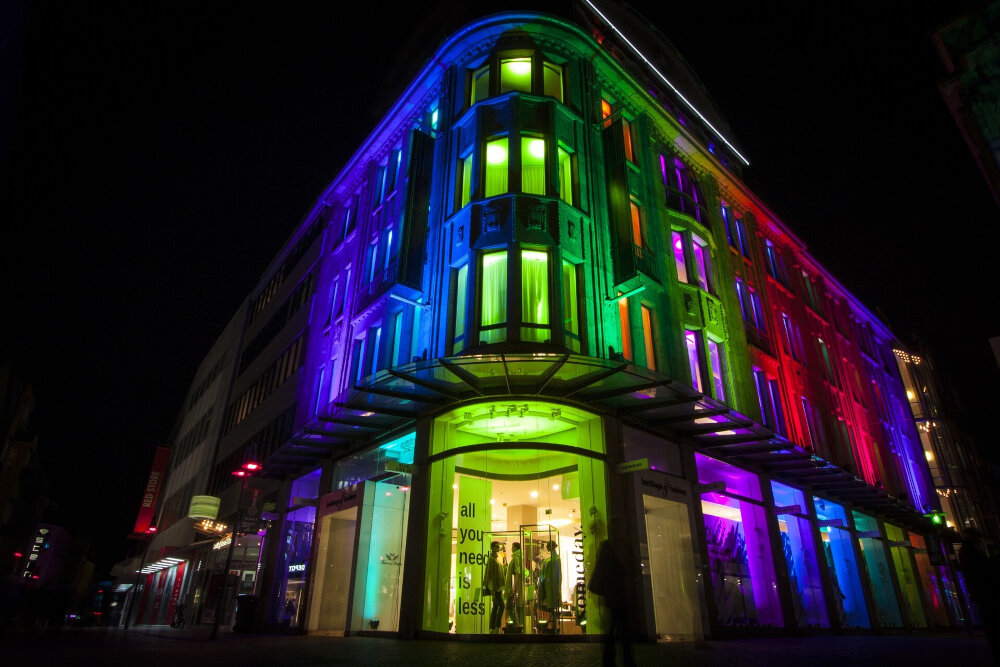
In conclusion, upgrading your lighting from high pressure sodium to LED is a wise investment. Not only will it reduce your energy consumption and costs, but it will also provide brighter and more efficient lighting. The conversion process may seem daunting, but with the right tools and guidance, it can be easily accomplished. By making the switch to LED, you can enhance the safety and security of your property while also promoting sustainability and reducing your carbon footprint. Don’t wait any longer, upgrade your lighting today and reap the benefits for years to come.

